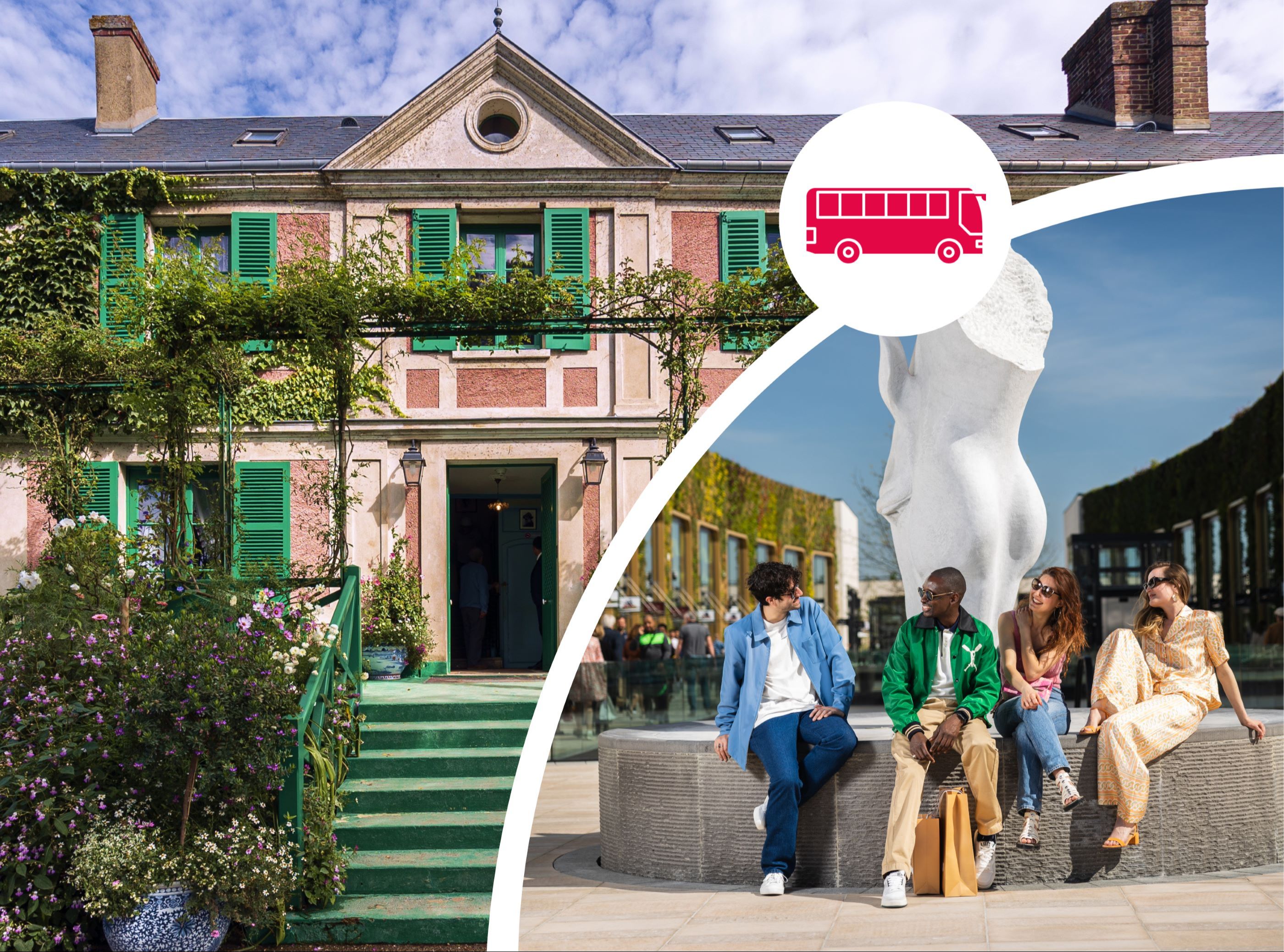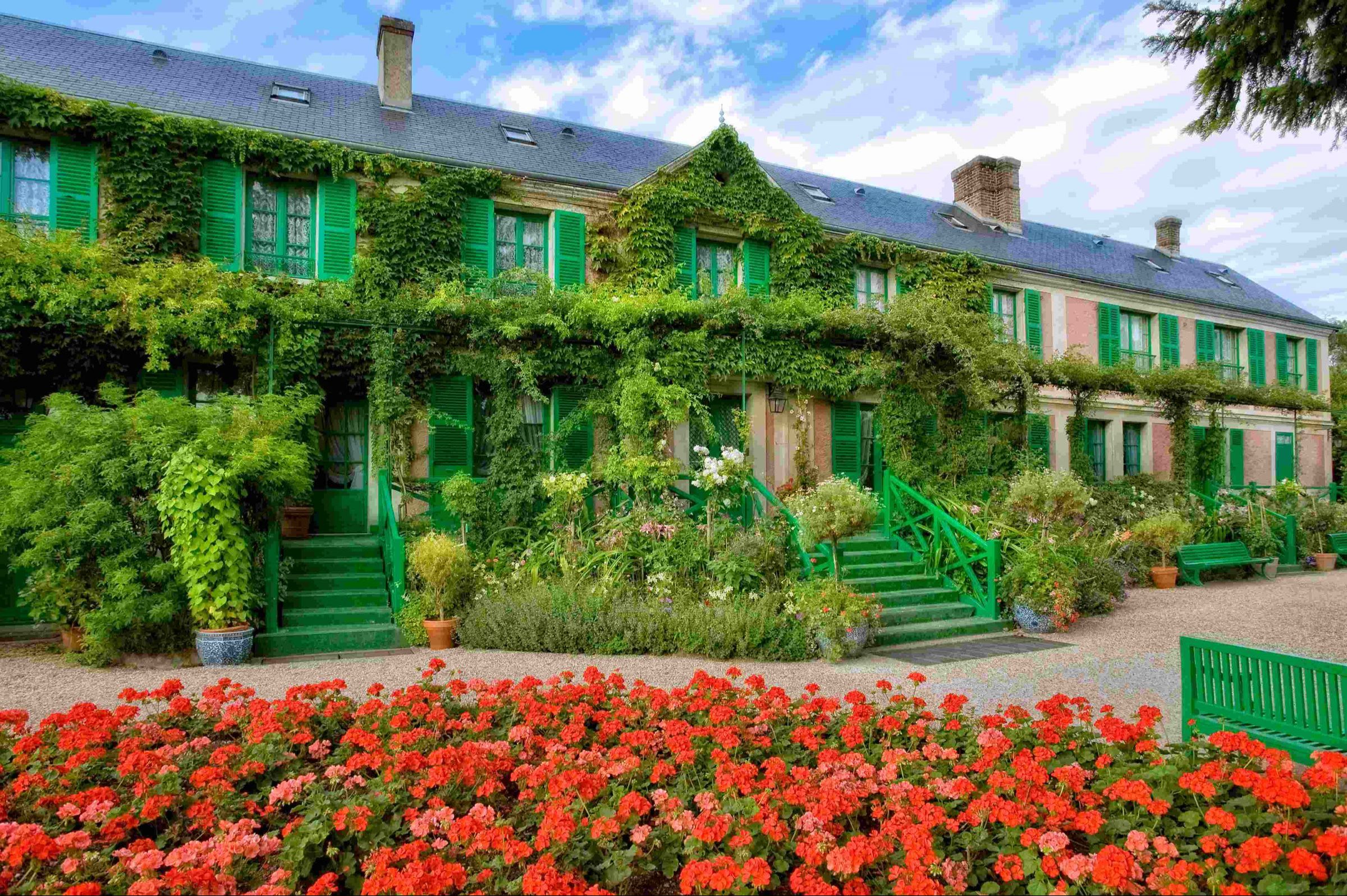The History of Giverny
Located in northern France, Giverny is just above Paris to the northwest in the Eure, a French department that’s located in the Upper Normandy region. More often than not linked to Monet's house, to art and to lyricism, it’s easy to forget that Giverny is first and foremost a municipal town that lays claim to its own history.
Long before one of the most admired painters in the world decided to make this peaceful town his principal residence and place of inspiration, Giverny had already possessed a charm that attracted artists and city-folk in search of some R&R.
Giverny owes its name to its Latin counterpart, Giverniacum, which dates back to almost 1,600 years. The very first historical traces of Giverny go back to the Merovingian era (481-575 AD) when Charles II the Bald officially recognized and thereby gave possession of Giverny to monks ordained at the Saint-Denis-le-Ferment Abbey.

Above is a photograph taken of one of Giverny’s secondary roads. One can make out a typical house, bordered by hedge and small trees. The town is lush and verdant, and claims more than 500 permanent inhabitants per year.
Several decades later, or rather several centuries later during the 11th century, the Saint-Ouen Abbey in Rouen took over the fiefdom and church of Giverny.
In spite of this rich history, the individual who really rendered the town famous worldwide was Claude Monet, who decided to settle in Giverny in 1883. Both his life and his muse, Giverny would bear witness to Monet’s final days in 1926. Discover the history of Monet and Giverny in more details during a tour with PARISCityVISION.


